The Changing Face of Chronic Illness Management in Primary Care: A Qualitative Study of Underlying Influences and Unintended Outcomes.
Hunt, Linda M. PhD. Et al. Annals of Family Medicine 2012;10:452-460
The conversation of over prescribing, the complications of polypharmacy, and the role that the pharmaceutical industry plays in this equation is happening MUCH more frequently. Classically chiropractors have been the torch bearers of this message and as such this article is a must read. It will help you inform yourself and your patients on some staggering facts of the industry. Also as the authors of this article are with Michigan State University, Department of Anthropology and Family Medicine at University of Texas it helps to know that this conversation is now happening on multiple fronts.
This study focused on the primary care management of type 2 diabetes and hypertension in 44 primary care clinics. The results are compiled from interviews of 58 clinicians, 70 patient interviews and observations of 107 clinical consultations.
Background information:
“Spending on prescription drugs in the United States has risen nearly 6 fold since 1990.”
In America…“60% of the most prescribed medications are for hypertension, high cholesterol levels, and diabetes. The Centers for Disease Control and Prevention estimates that 11% of US population and 40% of people older than 60 take 5 medications or more.”
“Two-thirds of the patients (67%) reported experiencing symptoms they attributed to their diabetes medications, hypertension medications or both.
Factors Affecting Diagnosis and Prescribing:
There are lower thresholds for diagnosing, for example in 1992 a non-diabetic person would be considered pre-hypertensive with blood pressure levels at 160/95. In 1993 that parameter changed to 140/90, which included 22 million more people.
“We noted a common scenario: patients began medications after having moderately elevated test results (often at levels considered normal just a few years ago), developed additional symptoms, were found to have values falling outside reference ranges on other tests, and were prescribed more drugs. They were expected to continue these medications permanently: their target laboratory levels could be achieved only through continued use of these drugs.”
“The clinician consultations we observed focused heavily on choosing and adjusting medications, to the near exclusion of other considerations, such as diet and lifestyle.”
“72% of the clinicians reported regular contact with pharmaceutical reps, who provide drug information, free lunch, and free samples. Many saw more than 10 reps weekly. 77% found the information useful.”




